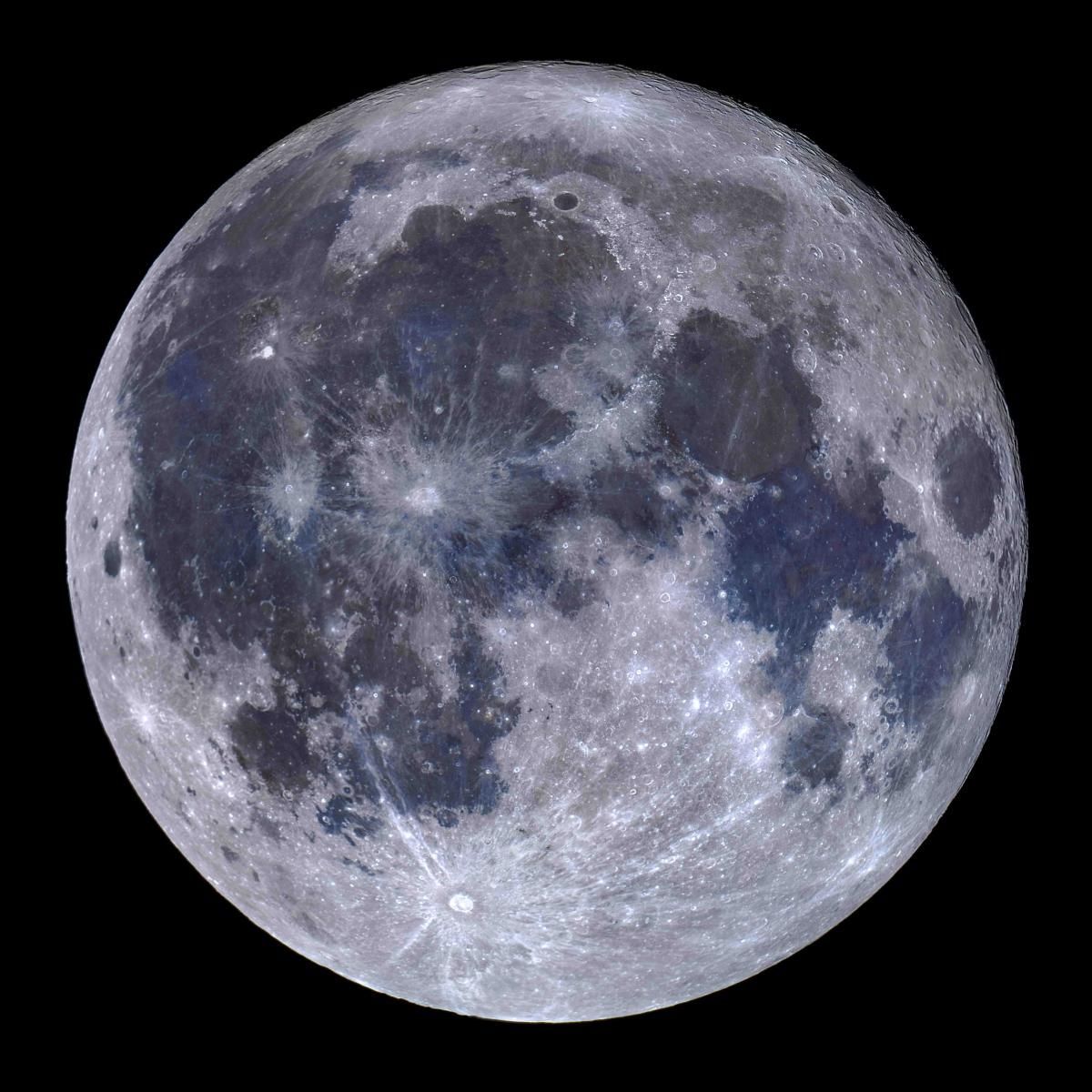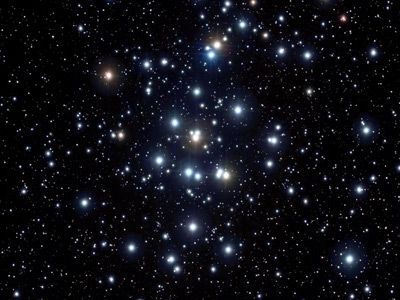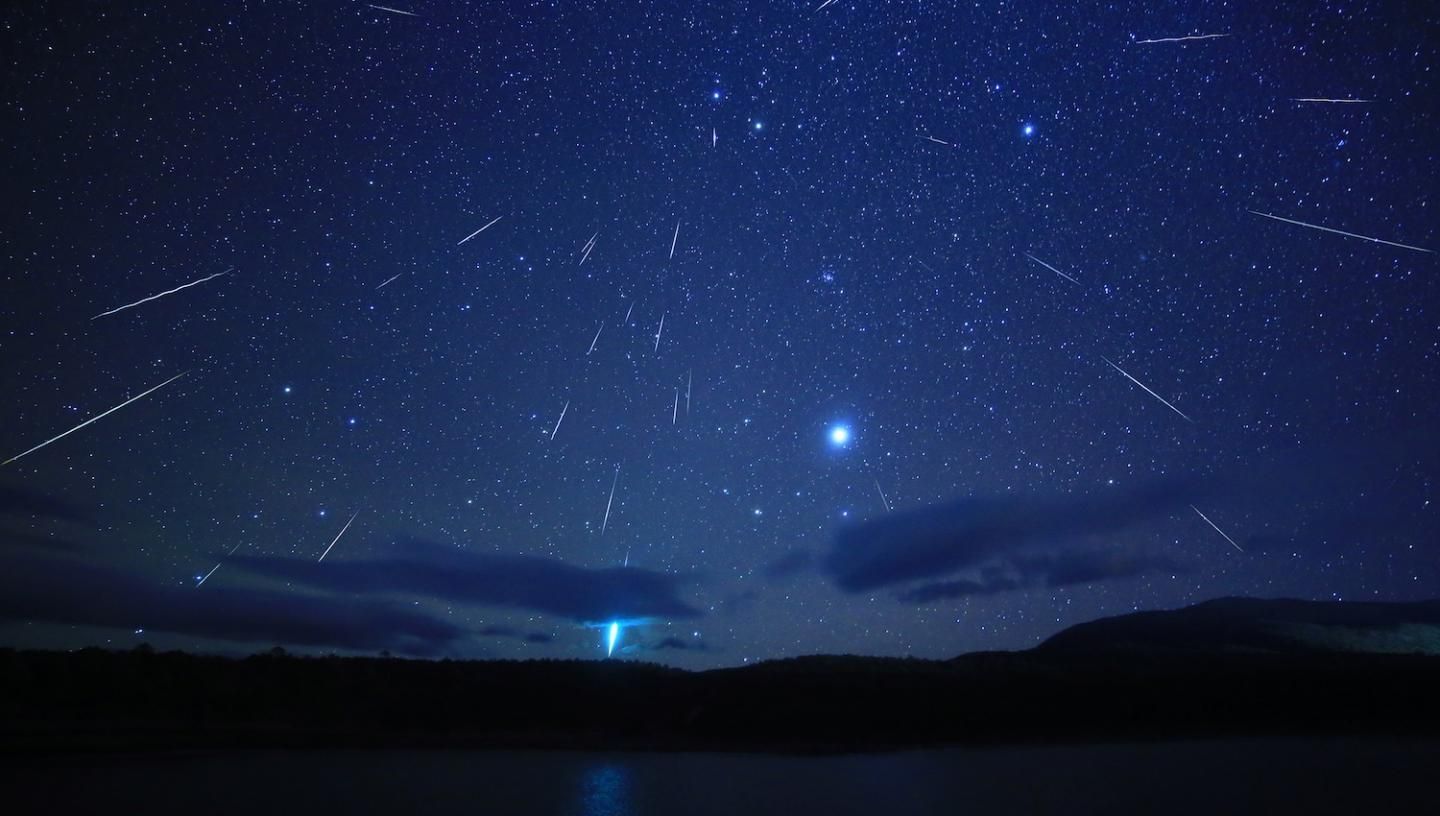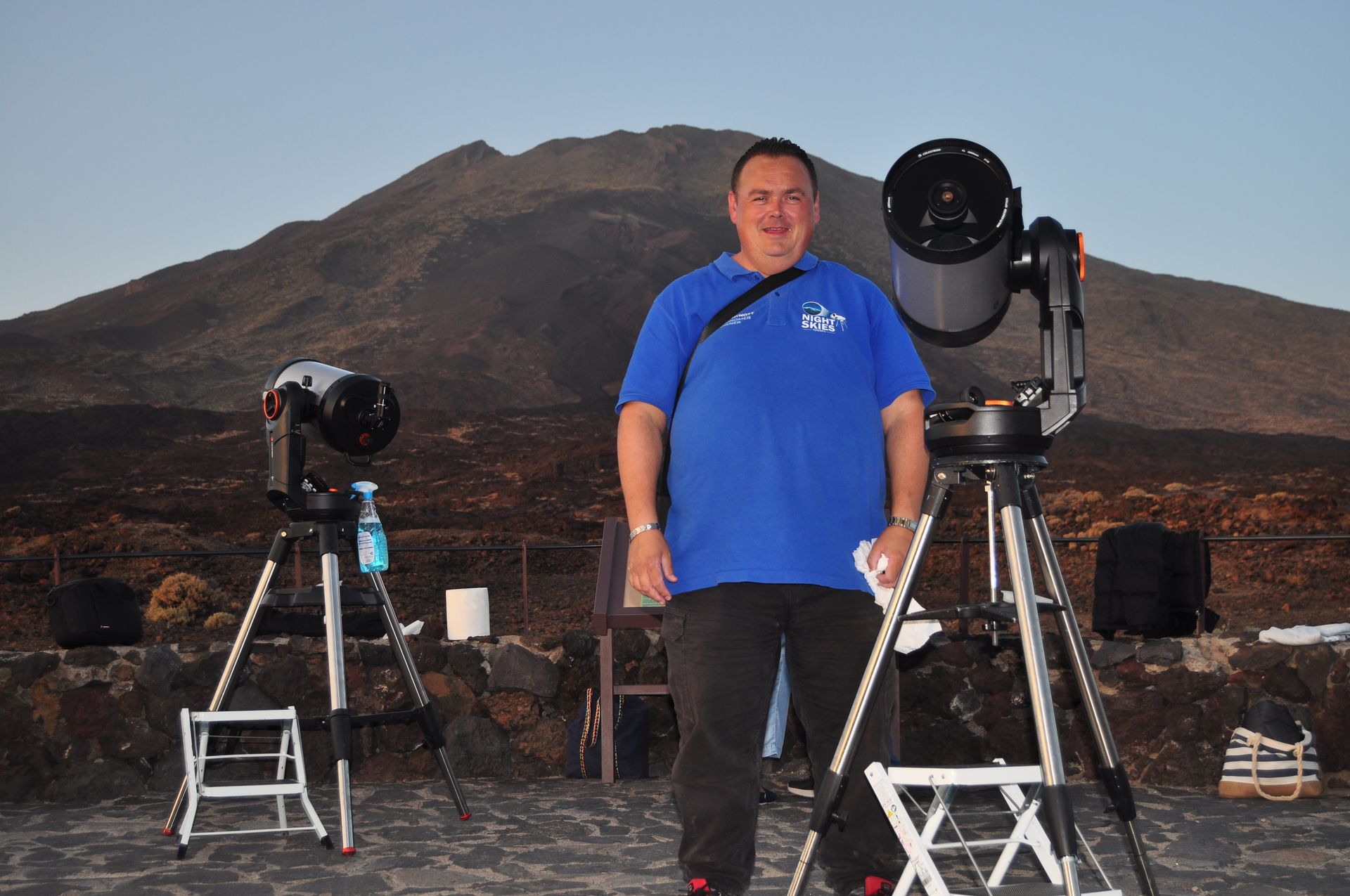February Skylights with Kieran Mynott
Our galaxy's brightest star, Sirius (the Greater Dog), The Pleiades (Seven Sisters), Jupiter, The Andromeda Galaxy, Orion Nebula and the Signs of the Zodiac are all visible in the crystal clear February night skies of Tenerife.
Whether you're an experienced astronomer, a casual stargazer or just looking for things to do in Tenerife, you’ll not want to leave without experiencing a
Night Skies Tenerife Teide National Park Stargazing & Sunset Tour.
With The Eyes...
Signs of the Zodiac, shooting stars, Andromeda Galaxy and three planet are all visible with the naked eye in February. Our brightest constellations are in the winter as the stars are closer to us in our Orion Spur of the galaxy.
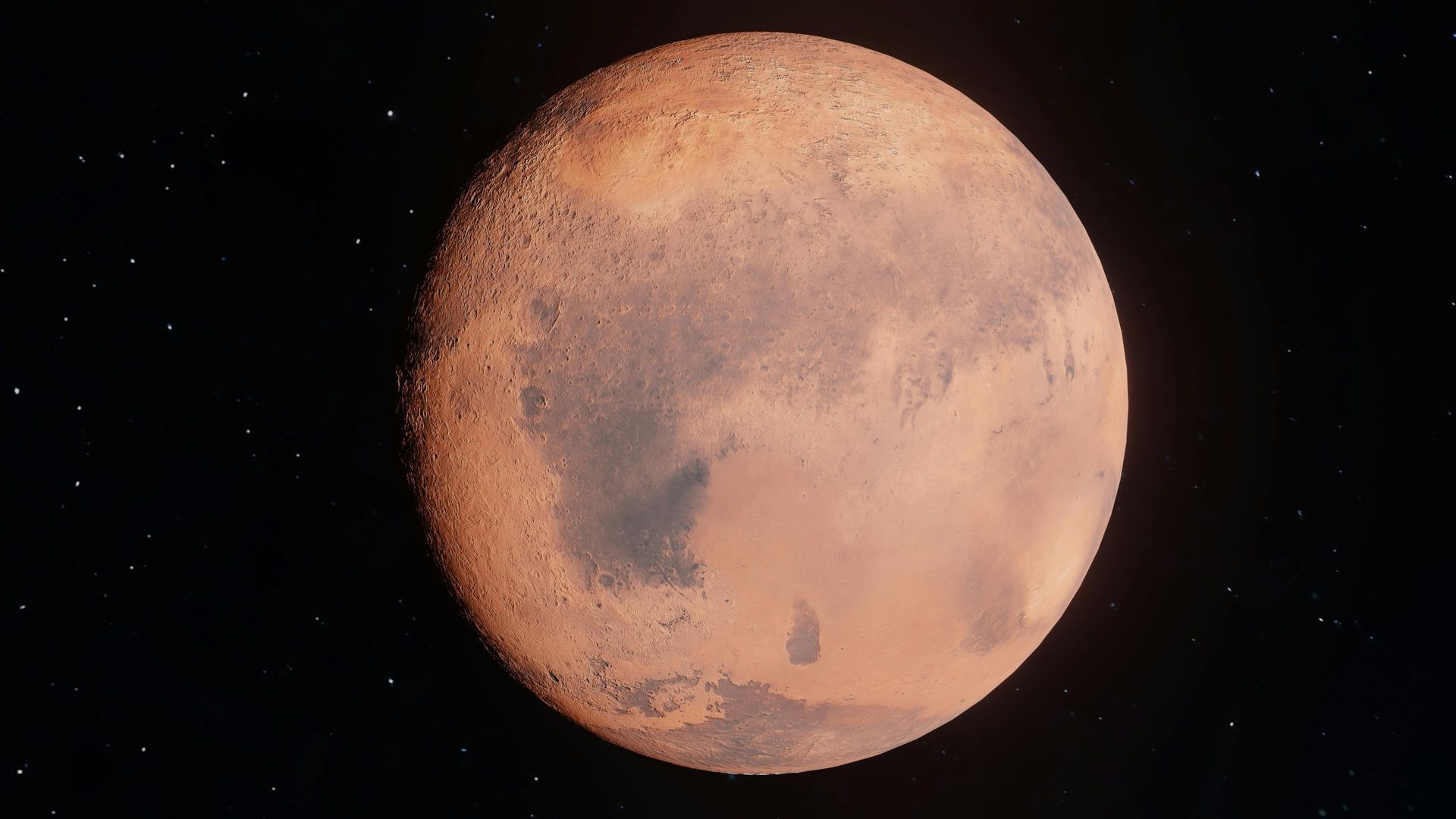
Through the scopes...

Pleiades (The 7 Sisters)
The Pleiades, also known as the Seven Sisters, is a prominent open star cluster located in the constellation Taurus. It contains over 1,000 stars, but the brightest ones are often visible to the naked eye, typically numbering around six or seven.
The cluster is about 444 light-years away from Earth and is surrounded by a faint reflection nebula, which gives it a beautiful bluish hue.
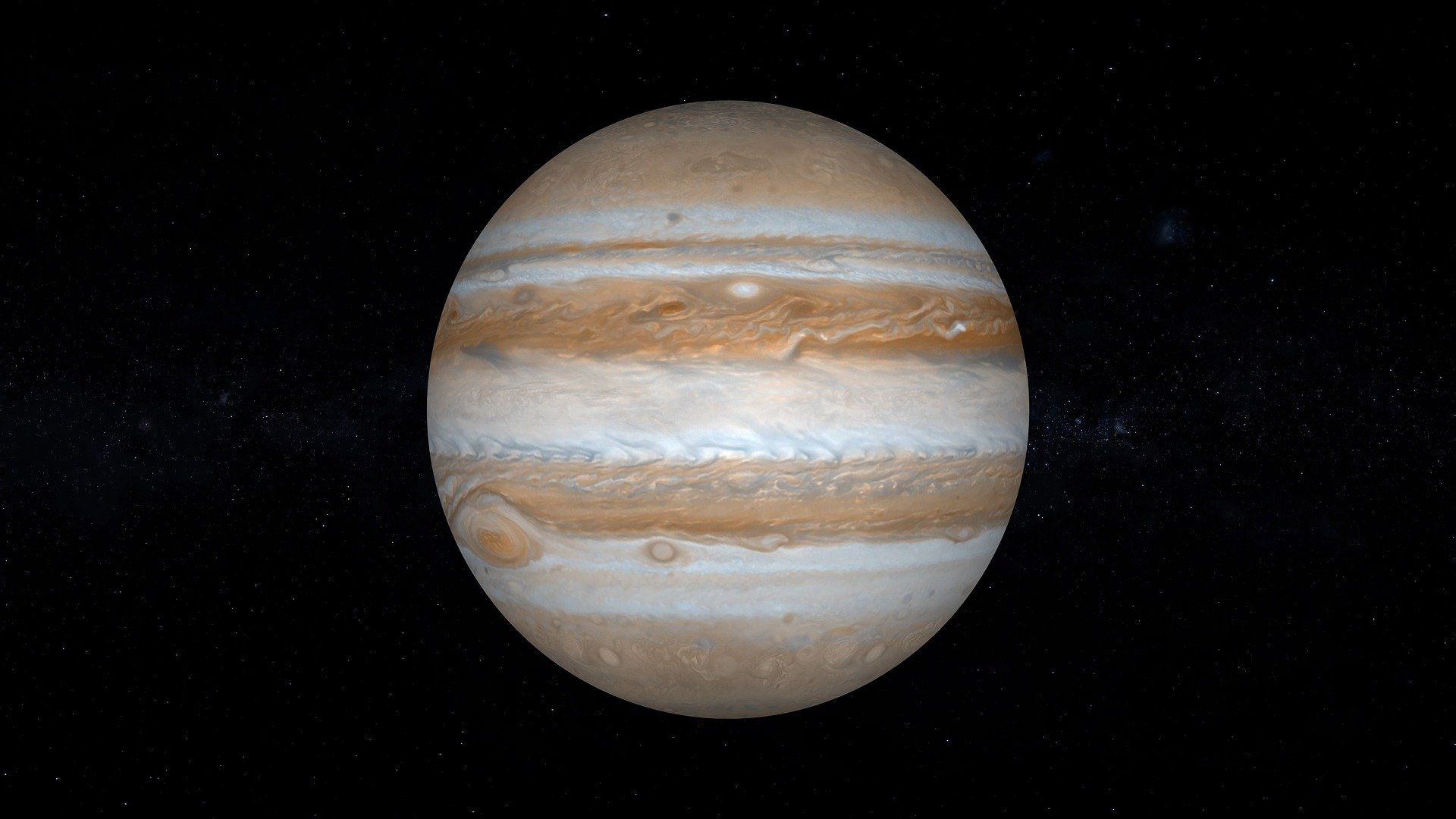
Jupiter
Jupiter is the largest planet in our galaxy, known for its prominent bands of clouds, massive storms like the Great Red Spot, and its many moons, including the largest ones called the Galilean moons: Io, Europa, Ganymede, and Callisto.
Observing Jupiter from Tenerife can provide exceptional views due to the island's clear skies and low light pollution.

Sirius
Sirius, also known as the Dog Star, is the brightest star in the night sky and part of the constellation Canis Major (the Greater Dog).
Because Sirius is so bright, it often twinkles with flashes of blue, white, red, and green when near the horizon—this is due to Earth's atmosphere distorting the light. It is currently moving toward us and will appear slightly brighter over the next 60,000 years before it starts moving away again.
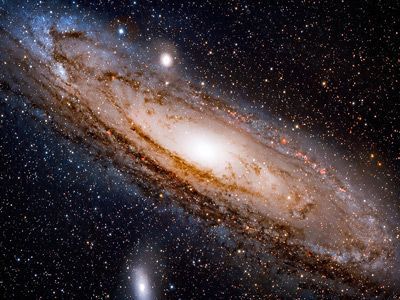
Andromeda Galaxy (M31)
The Andromeda Galaxy is our closest neighbouring galaxy at 2.5 million light years away, hurtling towards the Milky Way at 75 miles per second. Don’t worry through, at that speed it will take 4.6 billion years to collide with our galaxy.
A majestic object in the night sky, visible to the naked eye under dark skies, it is one of the most studied galaxies due to its proximity.

Orion Nebula
Orion is one of the most recognizable constellations in the night sky, located on the celestial equator. It features a distinctive pattern of stars, including the bright stars Betelgeuse (a red supergiant) and Rigel (a blue supergiant), as well as the famous "Orion's Belt," made up of three aligned stars.
Orion represents a hunter in Greek mythology and is visible in the winter months. It is home to the Orion Nebula, a region of active star formation. See stars being born!
The Moon Phases
New Moon
29th January- The moon will be completely dark and not visible from Earth.
First Quarter
5th February - The right half of the moon will be illuminated, providing good viewing conditions.
Full Moon
12th February - The entire face of the moon will be illuminated, making it bright and prominent in the night sky.
Last Quarter
20th February - The left half of the moon will be illuminated as it transitions back to a new moon.
